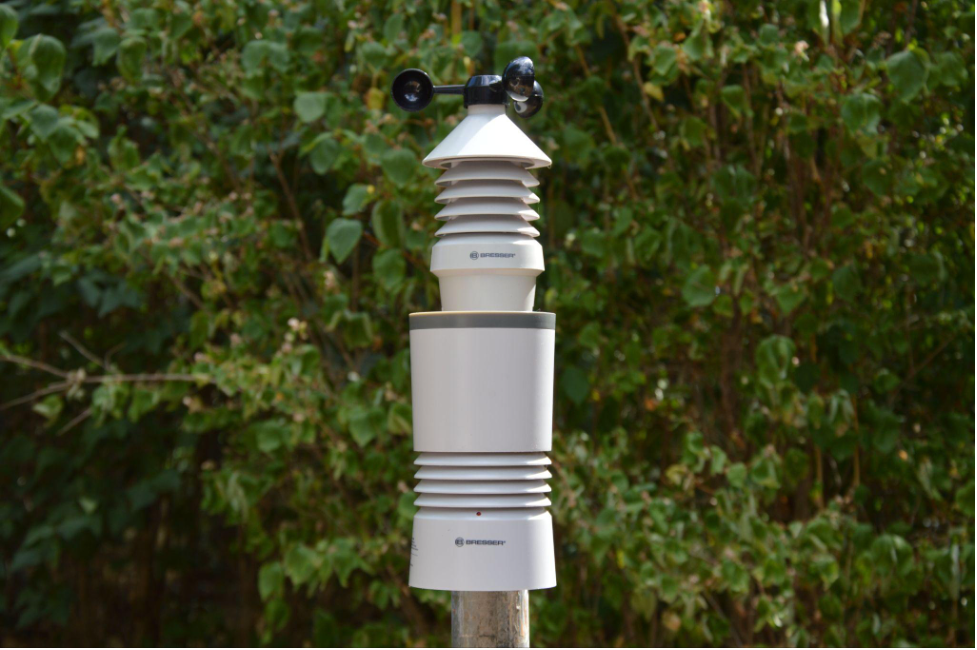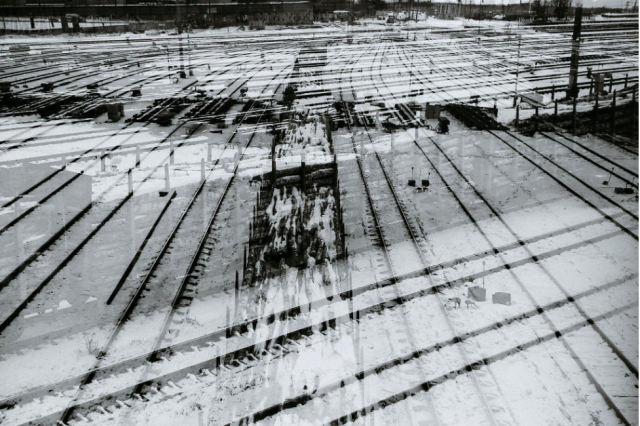Other names for a station include a park, shelter, and meteorological station. This gadget serves several purposes as a measurement tool, utilizing various sensors.
Some are devoted to the public, but national services employ large, extremely complex ones. In addition to serving as a house barometer, they may measure temperature, sound level, hygrometer, anemometer, and indoor pollution. All the necessary items to obtain a personal climate prediction.
In recent years, more and more individual residents have started to employ them. Particularly the linked model, the IoT’s flagship device, and connected items have become attractive.
What uses does a weather station serve, and why?
Contents [show]
Anybody who requires precise climate information, whether it is a gardener, farmer, sailor, navigator, hiker, mountain biker, carpenter, or worker, may gain a lot from it. Or even for someone who simply wants to know whether severe conditions are in store or if they should avoid missing out on the sun.
Not only that, but a lot of them also offer information on interior air quality, humidity, temperature, and air quality inside homes. Why, then, would you use a meteorological device at home?
It’s easy to assess the quality of the atmosphere at home and make more accurate climate predictions. Controlling the home’s interior atmosphere is made feasible by this, but it also helps to foresee risks and the surrounding surroundings more accurately.
Let’s now delve into the specifics of how they operate and just who these climate centers are perfect for.
What purposes does a weather station serve?
What does a weather station measure? Wind, pressure, temperature, humidity, weather predictions, and atmospheric quality are a few of the main components that are measured and reported on by personal or small commercial weather stations.
The factors that are measured by each weather station are unique. What’s more, they fall into two main categories: external environment factors (like the weather) and interior environment variables (like air quality).
First, let’s address the external variables:
- the temperature outdoors
- atmospheric force
- direction and speed of the wind
- rain gauge
- hygrometer (measure of humidity)
- predictions for precipitation
- the kind and height of clouds
- the point of dew
- observability.
When you combine these statistics, you get the authority to control them and act upon them. The first step is to use a meteorological station in order to take these measures, but the main concern is what you’ll do with the data.
As previously said, there are several kinds of meteorological stations. They’re numerous. Everything is simpler when you have access to real-time information on the local air quality and interior air quality on the screens of your mobile devices.
What kinds of meteorological stations are there, and how can I pick one?
Connected or not, wired or wireless, having a display or not, and serving one purpose or another. A single type of meteorological station (https://www.metoffice.gov.uk/weather/learn-about/how-forecasts-are-made/observations/weather-stations) does not exist.
Therefore, you must first determine your intended usage before selecting your perfect meteorological station. What is the purpose of this? To enhance your home’s air quality?
For a sail? For those who garden? To cultivate? For trustworthy meteorological data? Everything mentioned above?
It becomes increasingly crucial to be able to anticipate the weather precisely the more dependent you are on it. The importance of maintaining healthy indoor air quality increases with the sensitivity of the individuals living in your house to air pollution. Which one is the best fit for you?

These come in two primary varieties: the traditional sensor-equipped meteorological station and the networked or intelligent weather station.
They contain cameras, which have become very popular lately, as the user can get a full view of the weather conditions at the central location of the weather station with camera without ever stepping foot outside.
Traditional meteorological station (equipped with sensors)
This is the model of a meteorological station that is entry-level. It is modest yet effective, utilizing sensors to supply the gathered information on a display. Despite being quite inexpensive, the display stays in real time.
The meteorological station that is internet linked
The most sophisticated and fully linked item is the internet connected meteorological station. You can find out more about it on this site. In addition to gathering current information from the screen via sensors, it also sends this data to your tablet or smartphone. It also gets data straight from your national weather services via Wi-Fi.
Though more costly, this makes it a more comprehensive, accurate, and useful gadget. Nonetheless, this remains the best option for precise weather forecasting and efficient measurement of information both within and outside the house.
You now understand every aspect of the climatic station, including its purpose, characteristics, and distinct iterations. All you need to do is evaluate your demands, weigh your options, and select the product that satisfies every need.


